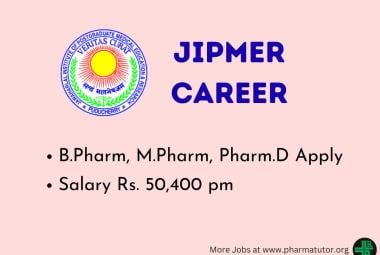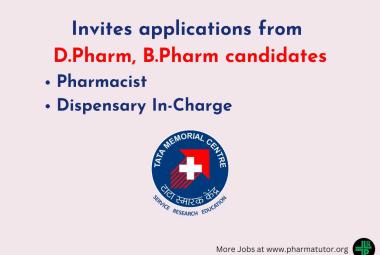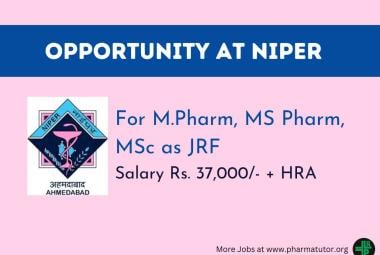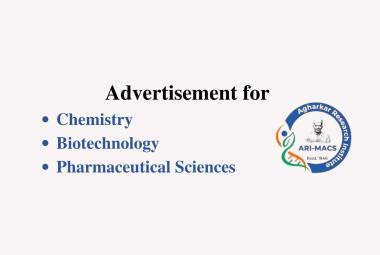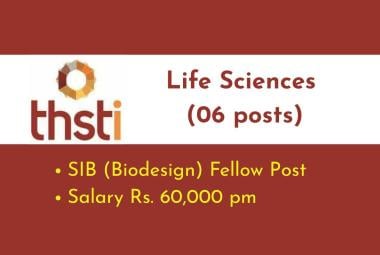Nutech Mediworld, the world’s only human embryonic stem cell therapy centre based in India, announced that its human embryonic stem cell (hESC) technology developed by Dr Geeta Shroff has received 66th patent in Malaysia for the treatment of various medical conditions.
The technology differentiates itself from other stem cell therapies in three major ways. Firstly, it has universal application, i.e. anyone and everyone can take these cells without the need for matching. Secondly, it is available in a ready to use form with a shelf life of 6 months & can be transported easily. Thus is not clinic based. Thirdly, it has an easy non-invasive delivery mechanism and can be administered in the simple form of an injection. Due to these qualities it has the potential to be made readily available in pharmacies across the world, much like insulin.
[adsense:336x280:8701650588]



